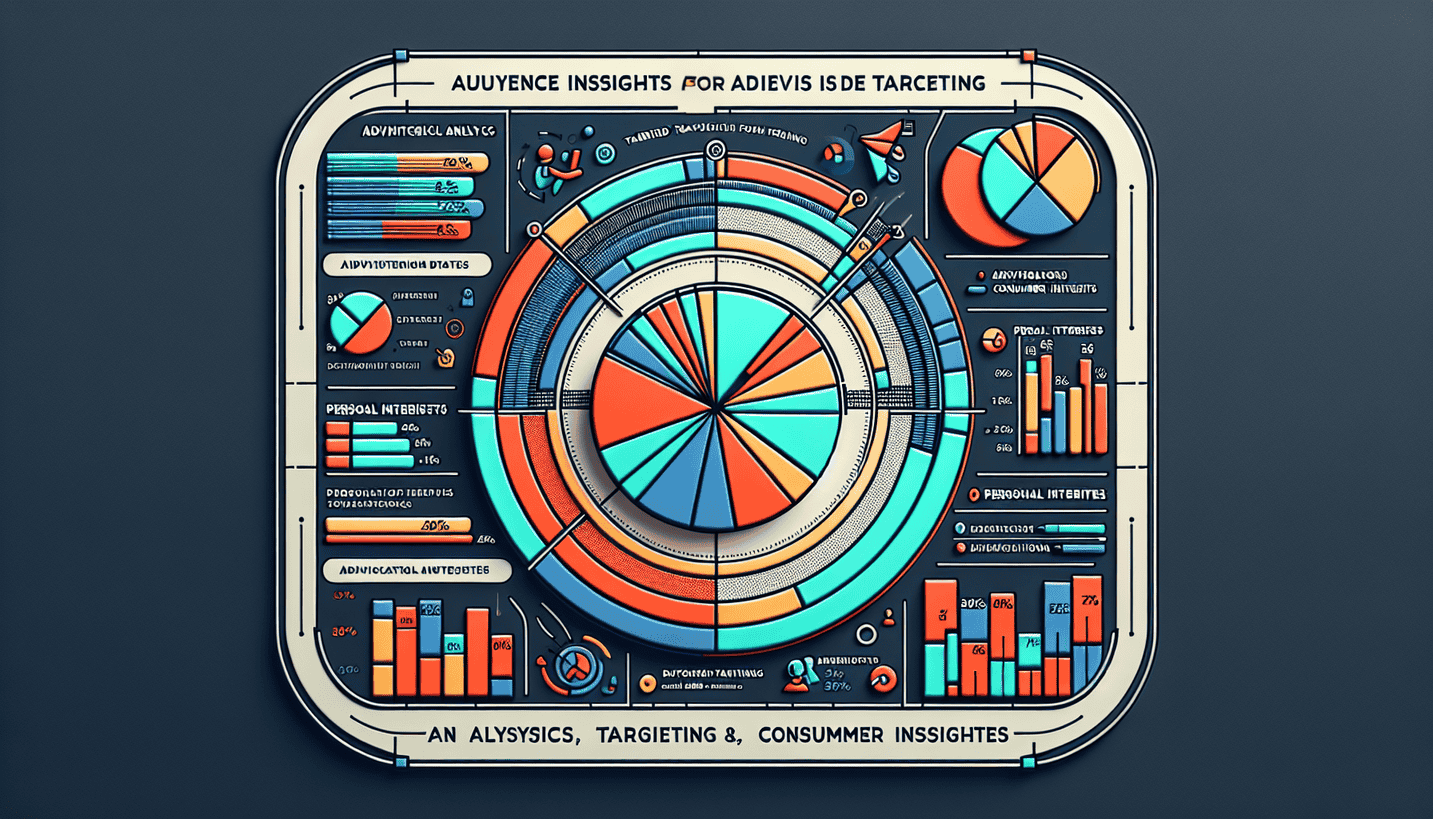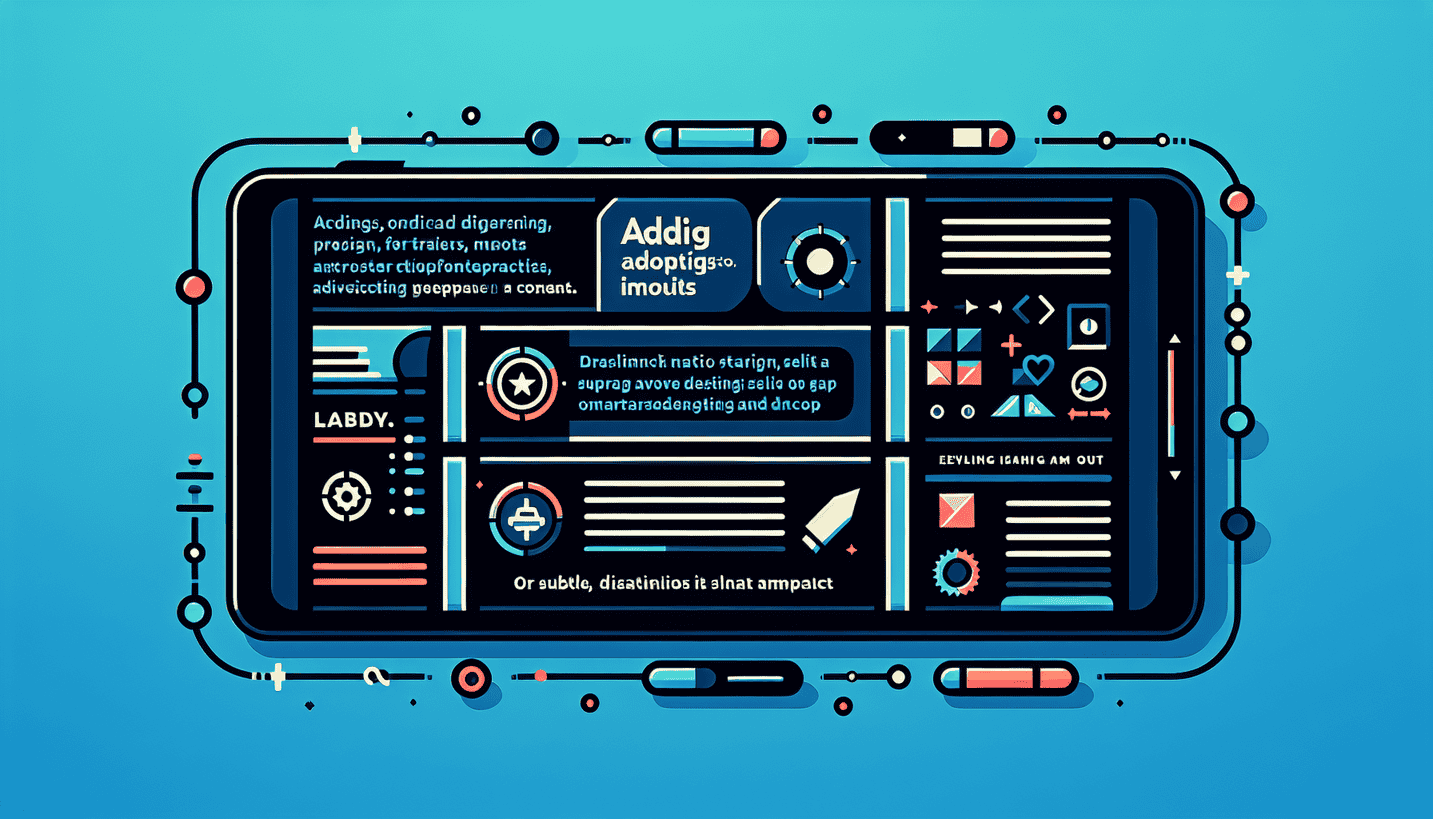How to Create Compelling Ads That Sell Your Product Fast - The Secret Formula Everyone’s Using!

1. Introduction: Why Advertising Matters (and How to Make It Work)
Imagine walking down a crowded street, bombarded by billboards, social media ads, and promotional emails. Amidst all that noise, how do you make your product stand out? The answer lies in crafting ads that resonate with your audience, capture their attention, and drive them to action.
The reality is, people encounter thousands of ads daily—yet only a handful stick. Why? Because they’re tailored to speak directly to the viewer’s needs, desires, or pain points. This guide will walk you through the proven strategies to create ads that not only grab attention but also convert browsers into buyers.
From identifying your target audience to crafting headlines that stop traffic in their tracks, we’ll break down the essential steps to creating ads that sell. Whether you’re a seasoned marketer or just dipping your toes into advertising, these tips will help you stand out in a crowded marketplace and turn your product into a bestseller.
2. Know Your Audience: The First Step to Creating Ads That Sell

Before you even start drafting an ad, you need to understand who you’re speaking to. Imagine walking into a room full of potential customers—what would you say? This is the mindset you need when creating ads.
To resonate with your audience, you must put yourself in their shoes. What challenges do they face daily? How does your product solve their problems or make their lives easier? Empathy is key here. By identifying your target audience’s pain points and aspirations, you can tailor your messaging to speak directly to them.
For example, consider a toy company that targets working parents. Their ads might focus on how their products save time or foster creativity in children. To get started, conduct surveys, analyze social media insights, and review analytics to build detailed buyer personas. These personas will guide every decision from ad copy to visuals, ensuring your message lands with impact.
3. Crafting a Captivating Headline: The Single Most Important Element

A headline is the first thing readers see—and it has mere seconds to make an impression. In a world where attention spans are shrinking, your headline must be sharp, clear, and benefit-focused.
Think about this: What’s the main advantage of your product? How does it solve a problem or improve someone’s life? Use that as the foundation for your headline. For instance, if you’re selling an ebook on blogging, a headline like “Download My Free Guide to Start Your Profitable Website in 24 Hours” clearly communicates value.
To brainstorm headline ideas, start by listing your product’s key benefits and then experiment with emotional triggers like curiosity or urgency. Avoid vague language—your audience should immediately understand what they’ll gain by clicking through.
4. Using Visuals to Capture Attention: The Power of Imagery and Emotion

Humans process visuals 60,000 times faster than words. This means your ad’s imagery must work as hard as your copy to grab attention. High-quality images, videos, or graphics can make or break an ad. Pair these with storytelling to create an emotional connection.
Consider a fitness brand that uses vibrant, action-packed visuals to show people achieving their goals. These images inspire and motivate, making the product feel like the solution to their fitness journey. Remember, visuals should complement your message without overwhelming the viewer. Use color psychology and composition to draw them in—while keeping movement or animation subtle.
5. Using Bullet Points: The Quick-Win for Highlighting Benefits

Imagine a reader skimming through your ad. What should they remember? Bullet points are your secret weapon for conveying information quickly and effectively. They break down complex details into digestible chunks, making it easy for readers to grasp the value of your product.
When structuring bullet points, focus on clarity and simplicity. Prioritize your product’s key benefits and avoid fluff. For example:
- “Saves 10 hours a week”
- “Reduces energy bills by 30%”
Use this format sparingly—only for highlighting the most impactful features. Bullet points work best when paired with visuals, as they guide the eye and ensure your message sticks.
6. Don’t Sell, Show: Let Your Product Do the Talking

The best ads don’t just sell—they show. If your product is unique or innovative, let it speak for itself. Instead of endlessly pitching features, focus on telling a story that showcases its benefits.
For instance, a skincare brand might use before-and-after photos to demonstrate results. Testimonials and case studies can also add credibility, making the ad feel less like an interruption and more like a genuine recommendation.
When crafting your ad, avoid sounding desperate. Instead of “Buy now!”, try “Discover how [Product] transformed lives.” This approach builds trust while still driving action.
7. Creating a Sense of Urgency: Why Time-to-Buy Matters

The best ads create a sense of urgency. People are more likely to act when they feel something is scarce or time-sensitive. Think about limited editions, flash sales, or countdown timers—these tactics tap into the psychology of scarcity.
For example, Nike’s “Quick Strike” collection capitalized on urgency by offering shoes available for only 24 hours. This not only drove traffic but also created buzz around the product.
When introducing urgency, be mindful not to come off as manipulative. Focus on creating a genuine reason to act—whether it’s a limited supply or exclusive access.
8. Look Professional: How Your Ad Reflects Your Brand

A poorly designed ad can tank your brand’s credibility. From fonts and colors to layout, every detail matters. Ensure your ad aligns with your brand identity, creating a cohesive visual experience.
Choose fonts that reflect your brand’s personality—clean and modern for tech brands, bold and playful for toy companies. Use color palettes that evoke the right emotions and stick to consistent imagery. For example, a luxury brand might use sleek, minimalist visuals, while a lifestyle brand could opt for vibrant, inviting designs.
When in doubt, look at ads from successful brands like Apple or Airbnb—they’ve mastered the art of professionalism in advertising.
9. Ask Questions: Engage Your Audience and Drive Interest

Have you ever wondered why questions capture attention? They spark curiosity and make readers want to learn more. Use open-ended questions to engage your audience and hook them into your ad.
For example, “Are you struggling to find affordable, eco-friendly products?” invites the reader to relate and stay engaged. When crafting questions, focus on pain points or aspirations they might have—this makes your product feel like the solution.
10. Don’t Be Afraid to Show Off: Why Confidence Sells

Confidence isn’t just for celebrities—it works wonders in advertising. A strong, confident tone builds trust and makes your product feel irreplaceable.
When showcasing your product’s unique selling proposition, own it without sounding arrogant. For instance, if you’re selling a premium skincare line, emphasize the quality and results without exaggerating claims. This balance of confidence and authenticity sets your ad apart.
11. Final Thoughts: Putting It All Together
You’ve got the tools—now it’s time to put them into action! By understanding your audience, crafting compelling headlines, using visuals effectively, and building urgency, you’re ready to create ads that sell.
Remember, the best ads are those that evolve with your audience. Stay organized, iterate on your copy, and keep testing different approaches. The goal is to make every ad feel personalized, relevant, and impossible to ignore.
So what’s stopping you? Start crafting your next ad today—your sales will thank you!